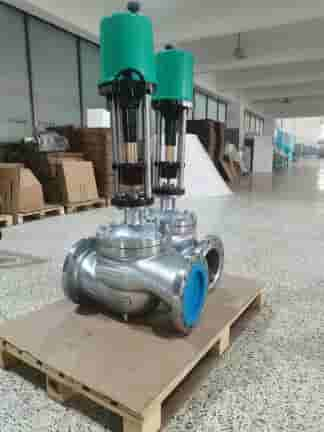understanding the wcb electric single seat regulating valve: a comprehensive overview
Release time:2024-12-05 16:11:37
In industrial applications, controlling fluid flow and maintaining process parameters is crucial for efficiency and safety. Among various devices designed for this purpose, the WCB Electric Single Seat Regulating Valve stands out as a reliable and efficient solution. This valve is essential in various sectors, including oil and gas, chemical processing, and water treatment. Understanding its design, features, applications, and benefits can help industries optimize their operations.

Design and Functionality The WCB Electric Single Seat Regulating Valve is designed to regulate flow with precision. Its construction typically involves a single seat that allows for effective sealing and throttling. This design minimizes the risk of leakage and enhances the valve's ability to maintain a consistent flow. The electric actuator associated with the valve allows for remote operation, making it convenient for automation systems.
When installed in a piping system, the valve can adjust the flow rate by varying the position of the valve disc as per the control signal received from a supervisory system. The electric actuator converts the electrical input into mechanical movement, determining the valve's opening and closing. This responsive action enables industries to fine-tune their processes according to real-time requirements.

